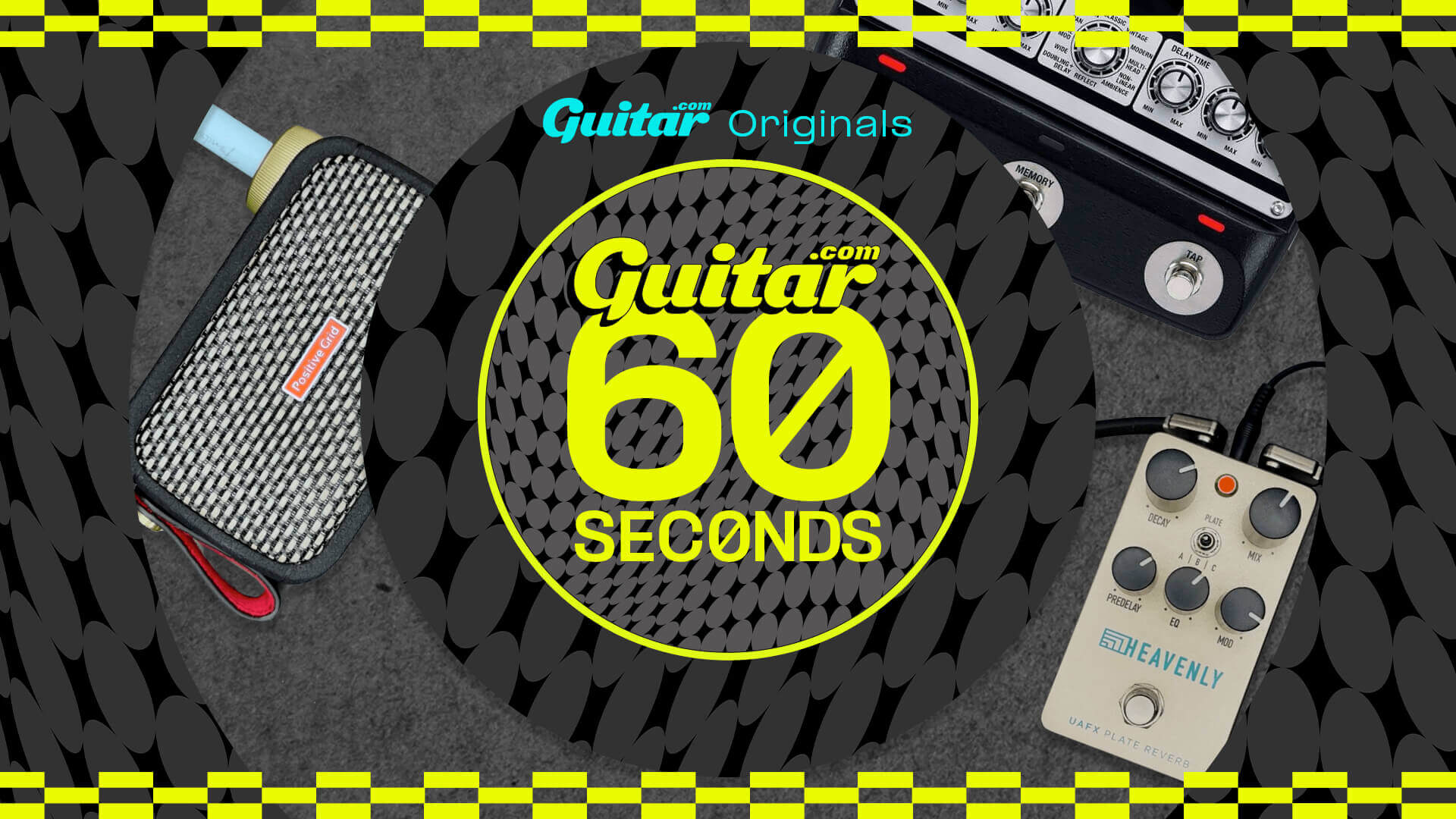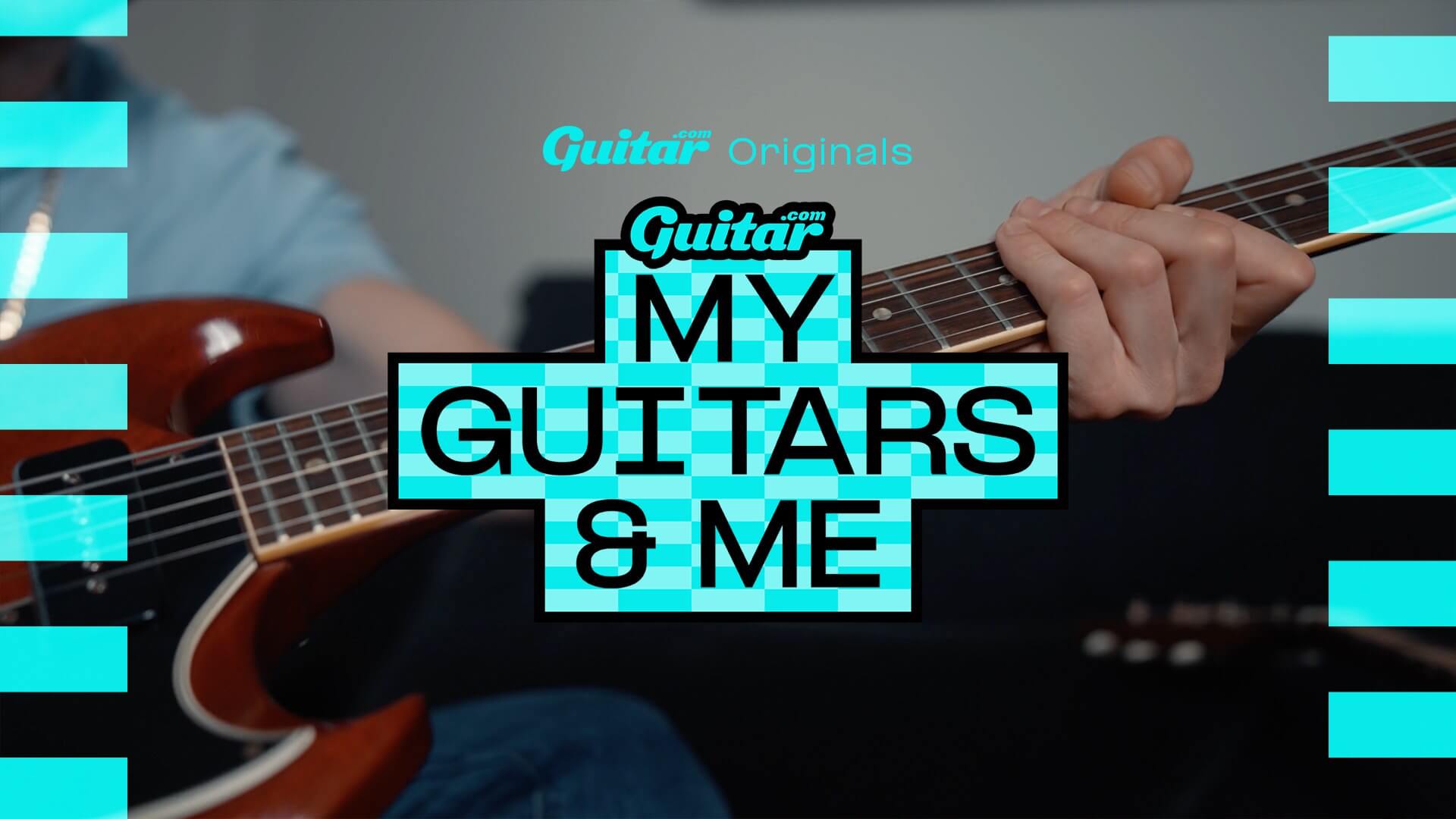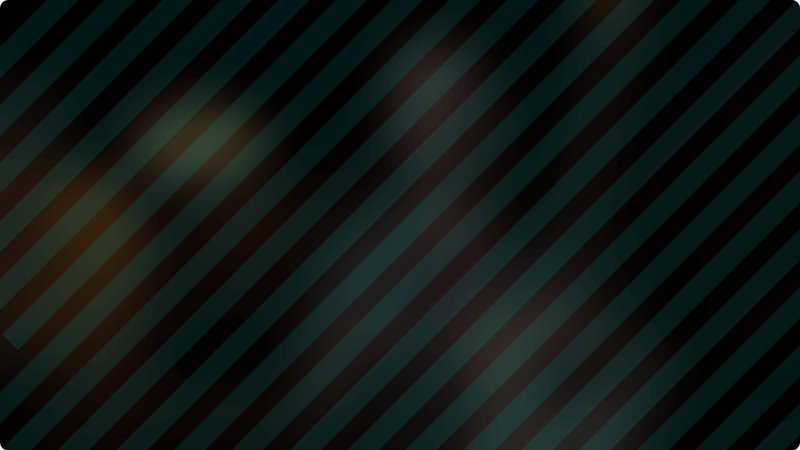The Gear Used by Billie Joe Armstrong on Green Day’s Dookie
The album that made pop-punk a major label smash kept things pretty punk in terms of the gear Billie Joe used to make it…

Billie Joe Armstrong of Green Day performing at 1994 MTV Video Music Awards. Image: Jeff Kravitz/Film Magic via Getty Images
When it came time for Green Day to record their third studio album, the band was in a pretty good spot and seemed to be poised for a breakout. Having built a significant following on indie Lookout, Dookie was to become the band’s major label debut after (controversially for a punk band at the time) signing with major Reprise Records. But Green Day were going to do it their way – as indicated by their choice of producer – Rob Cavallo. At the time, Cavallo was better known for his work with film soundtracks than he was for producing rock records, but it was a decision would that would pay off and pay dividends throughout the band’s storied career.
In September of 1993, drummer Tré Cool, bassist Mike Dirnt, and guitarist Billie Joe Armstrong entered Fantasy Studios in Berkeley, California and recorded the basic tracks for the album over a three-week span. The resulting album would go on to sell over 14 million copies and was largely responsible for bringing the punk rock style of music into the mainstream – directly contributing to the pop-punk boom of the late 90s the rocketed everyone from Blink-182 and Jimmy Eat World to Thursday and At The Drive-In to major label status.
A lot of bands will experiment with various guitars when they enter the studio, but Billie Joe opted to record all of the electric guitars on the record with one guitar – a blue Fernandes Stratocaster copy that was also the first guitar Billie ever owned. His mother bought the guitar for Billie’s 11th birthday from Billy’s guitar teacher, George Cole. Allegedly, George got the guitar from David Margen, who was a bass player Santana’s band from 1977 until 1982. Today the guitar features a photo of Billie with the guitar on the day he got it taped to the back. The guitar was also completely covered in stickers, as was pretty common in punk bands at the time.

Fernandes Stratocasters were often touted as cheap-knockoff guitars, but several notable musicians got their start on them – Kirk Hammett and Tobias Forge of Ghost to name just two. Fernandes Guitars were made in Japan, and in the early days they were made of a wood called Silver Heart (though some used mahogany and hard maple as well). It’s not a very popular wood in the realm of guitar building – it’s most commonly used to make the thin planks on the floor of bowling alleys. Fernandes was able to get a lot of it very cheap after the boom and bust of the bowling craze in Japan in the late 60s, early 70s. We are unsure what wood was used in Billie Joe’s guitar, specifically, but it’s a fair bet it’s Silver Heart.
Billie Joe further modified the guitar by adding a Seymour Duncan humbucker in the bridge. But this wasn’t done until after the recording of Dookie. The first humbucker to be put in the guitar was reportedly a Bill Lawrence pickup [commonly believed to be a L-500XL model with blades instead of pole pieces]. That pickup was swapped out sometime prior to the band’s famous performance at Woodstock on 14 August 1994 as videos from that performance show what looks like a Seymour Duncan JB. However, that was almost a year after the band recorded Dookie and the music video for the first single off the record [Longview] shows the guitar with the Bill Lawrence pickup till in situ. The L-500XL pickup is most likely the one we heard on Dookie. Incidentally, that is the same pickup Dimebag Darrell used on his iconic Dean From Hell guitar.

As the guitar sits now, the selector is locked in the bridge position and the other two pickups have been disconnected and lowered to the point where they are not in the way of Billie Joe’s aggressive picking. The humbucker is also installed at an angle akin to Eddie Van Halen’s Frankenstrat. It seems most likely that this was done in order to use the original mounting screw holes rather than for any tonal reasons – however that is not to say that this style of mounting a pickup does not have any impact on the sound.
In any case, “Blue” as it became known, would be the only guitar to be used on the album aside from a Harmony Stella Parlour acoustic, used on the intro of F.O.D.. Many have confused this guitar with the Rob Cavallo-owned Taylor 514c that Billie Joe dubbed “Excalibur”. Excalibur is a 1996 model and therefore hadn’t even been made when Green Day were in the studio making Dookie. However, on subsequent collaborations between Green Day and Cavallo, Excalibur was used on other acoustic songs like Good Riddance (Time Of Your Life) and Boulevard of Broken Dreams.

While many fans accused Green Day of being sellouts for leaving tiny Berkeley punk label Lookout for Warner-owned Reprise, the move had its benefits, most notably, a much bigger budget to work with when making Dookie. Billie Joe had been using a Gallien-Krueger 250RL head in the preceding years but was finally able to afford to do some tone chasing. Cavallo brought in a 100-watt Marshall Plexi 1959SLP, now known simply as “Pete”, and the tone of that amp would come to shape the “Green Day sound” from that day forth.
This amp was not stock, however, it had a modification that is now referred to as ‘The Dookie Mod’. Essentially, the Dookie Mod [also called the Bradshaw Gain Mod or a Cascading Gain Mod] takes the two channels and cascades the gain stages along with adding a master volume. Cascading two channels involves the changing of cathodes, resistor plates and plate output capacitors. Typically, you’ll add a bright cap to the gain pot as well. There are plenty of techs who can perform this mod if you’re fortunate enough to have a Marshall 1959SLP lying around. If that’s a bit much, however, MXR worked with Green Day on a Dookie pedal that does a pretty good job of replicating that album’s sound. As far as we know, his was the amp used throughout the Dookie album.
And that was it: one guitar, one amp, no pedals. They might have had major label money, but Billie Joe kept it pretty punk rock on Dookie.



